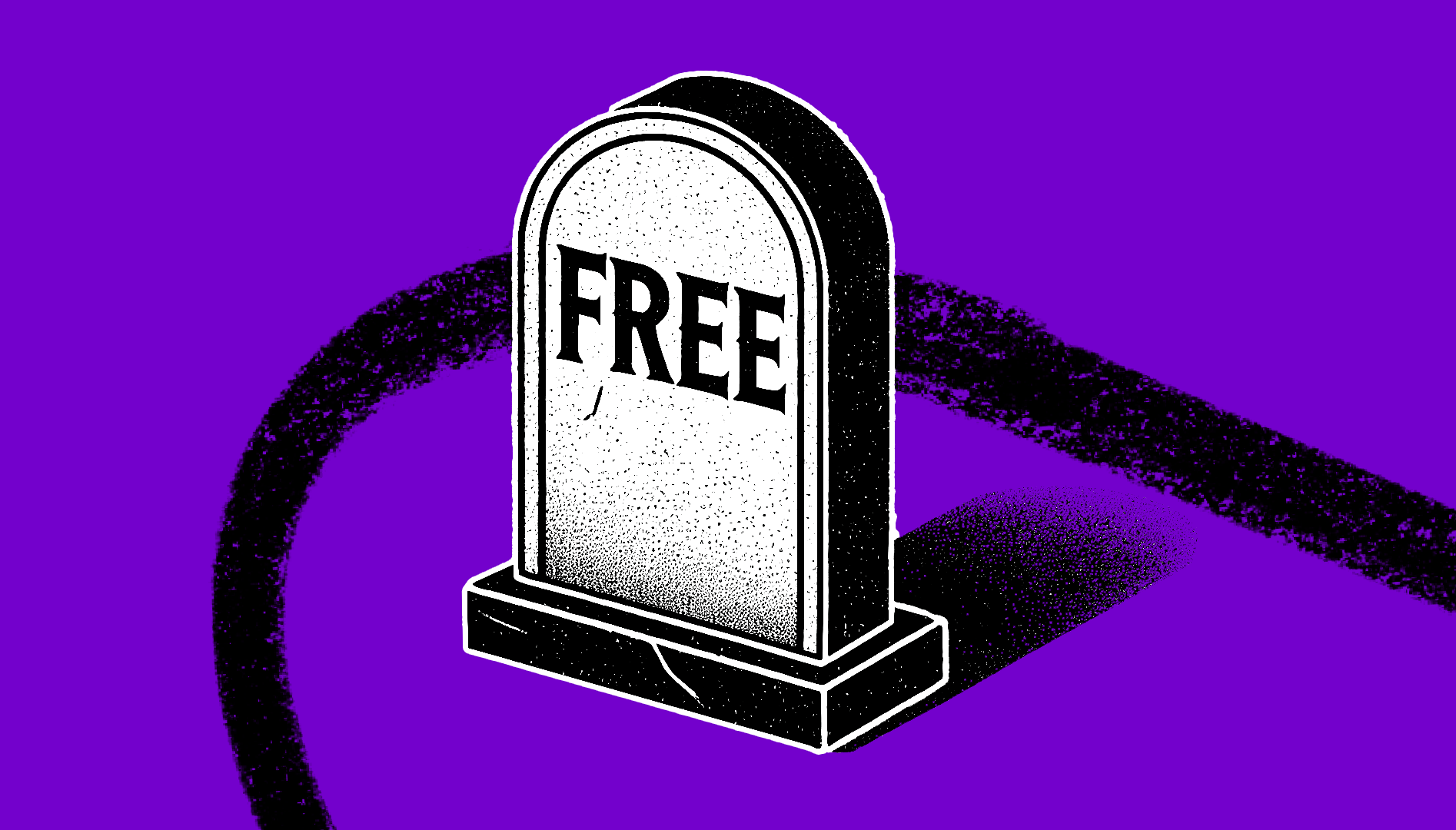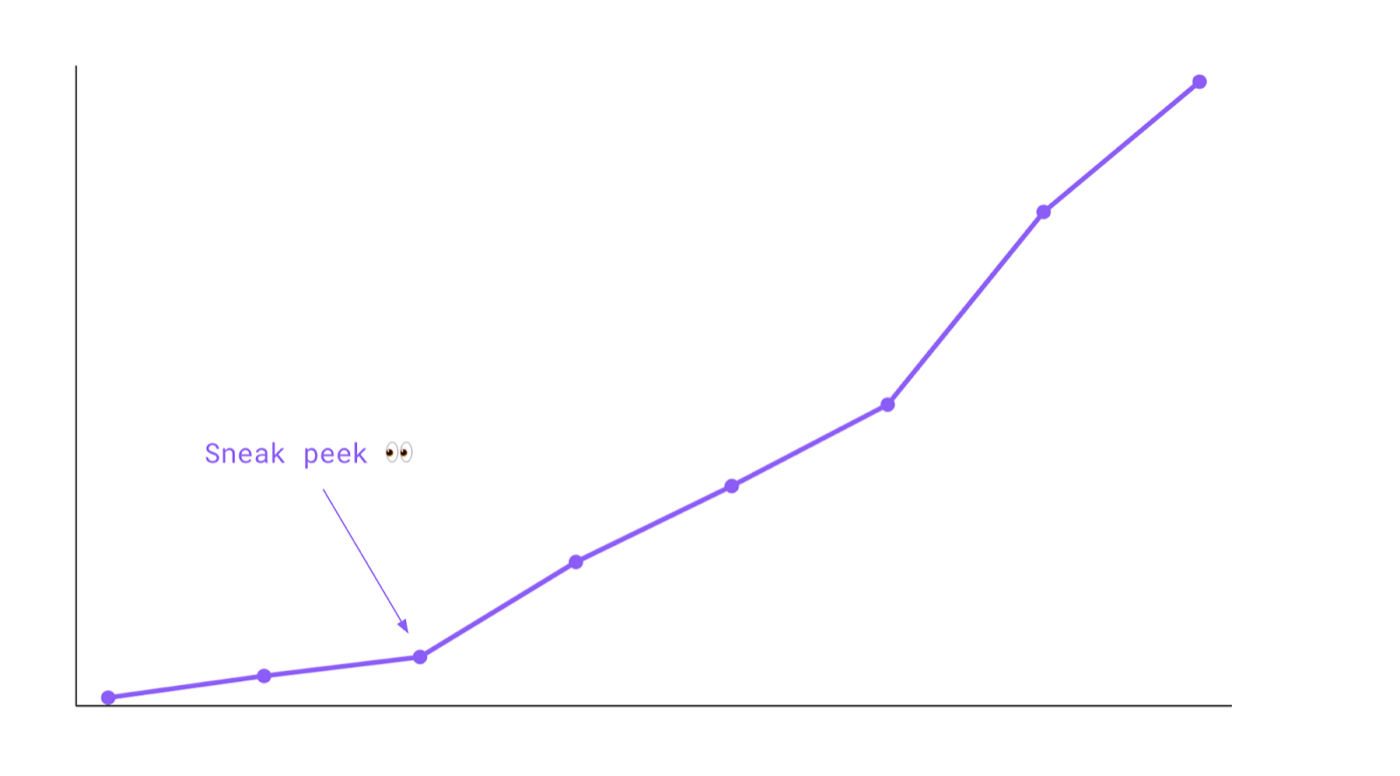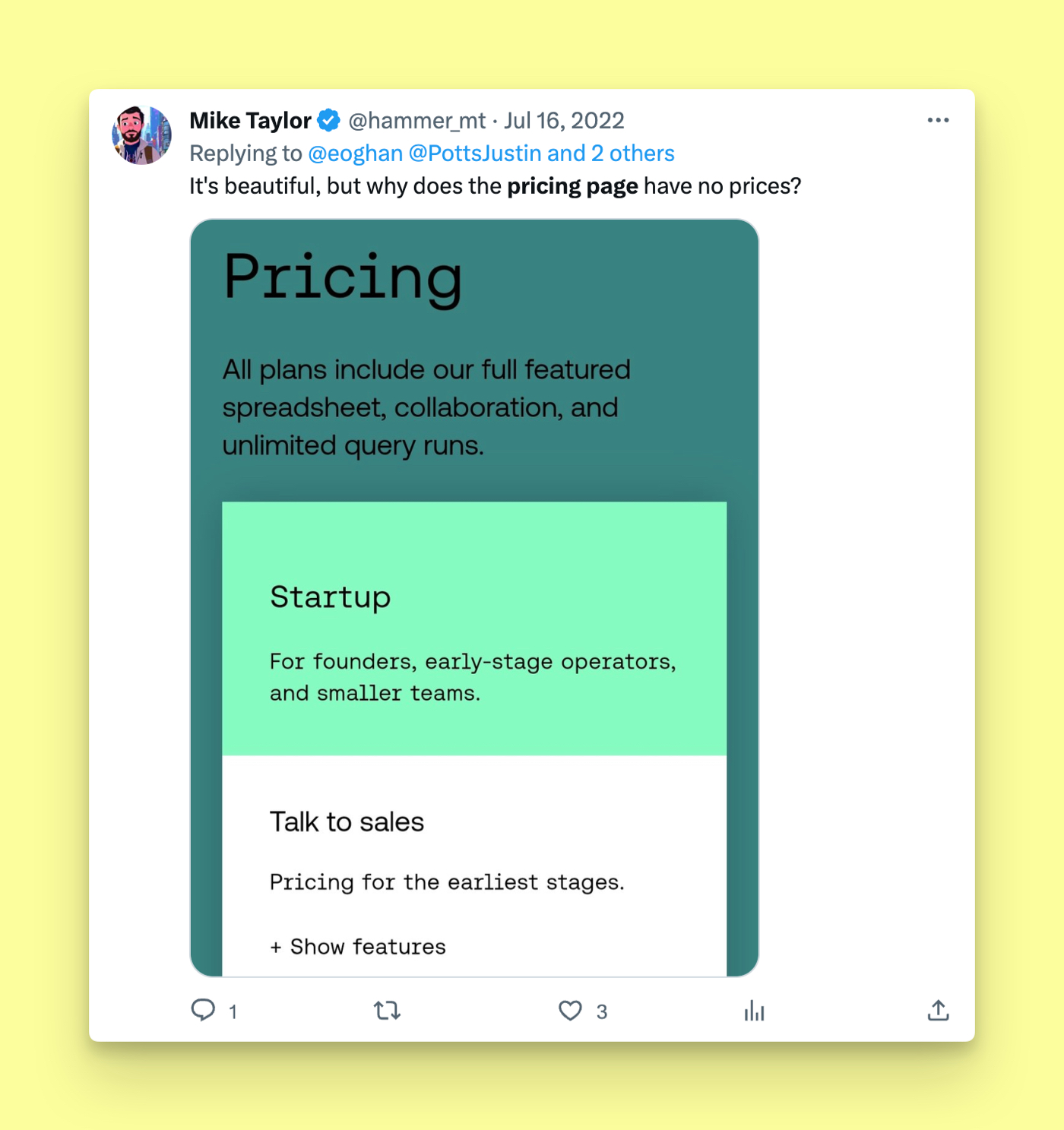
Evan here. I love stories about when the “best” advice completely fails. For the last eight years, the hot methodology has been product-led growth, a go-to-market strategy for software companies. In this piece, the founder of Equals, Bobby Pinero, tries out PLG and finds out that maybe it isn’t for everyone. He is honest, transparent, and articulate; I highly recommend you read this even if you don’t run a SaaS company. As you do so, ask yourself, “What strategy am I using just because I’m supposed to?”
The following is a true story. It’s the story of when we made Equals free.
Equals is a spreadsheet that lets users connect to live data to analyze and build dashboards. The choice to go free was a decision that broke our business (for a minute, at least) and is one of the biggest risks I’ve taken as CEO. I went into it with a ton of conviction—and I turned out to be wrong.
When we launched Equals in April 2022, we made a big splash. We decided to gate access to the product and charge a flat $250 per month—Equals is a complex product to build, and the expectations for how a spreadsheet should look and feel are insanely high. We wanted to onboard every single customer manually. Our goal was to understand their use cases and establish a close relationship so they’d give us the benefit of the doubt when they inevitably ran into issues.
My co-founder and I had learned hard lessons about onboarding while building Intercom—specifically, that free access to tools didn’t always lead to more engaged customers. When we launched, we required new users to jump on an onboarding call and pay to get started. We also required them to connect a data source (like a database or Stripe account) to our spreadsheet product. ARR grew quickly, and we built a community of engaged users.
This strategy worked well at first. In fact, it worked so well that revenue took off.
MRR; the sneak peek data point is April 2022.In just five months, we were able to raise a $16 million Series A, including funding from one of the best investors in the world.
And then I broke everything.
Freemium looked great (on paper)
Our pricing at the time was obscure—we didn’t list any prices on the pricing page, and new customers were directed to “talk to sales.” It was so cryptic we were getting comments like these:
At Intercom, we struggled with the reputation of being unfairly and obscurely priced. We were particularly sensitive to this critique. The last thing we wanted was for Equals to be perceived this way as well. After all, pricing is hard.
At the same time, we were watching the darlings of SaaS—companies like Notion, Figma, and Airtable—enjoy massive adoption. We thought it must be because they have a free tier and consumer-like pricing. I felt it was obvious we should do the same.
The Only Subscription
You Need to
Stay at the
Edge of AI
The essential toolkit for those shaping the future
"This might be the best value you
can get from an AI subscription."
- Jay S.
Join 100,000+ leaders, builders, and innovators

Email address
Already have an account? Sign in
What is included in a subscription?
Daily insights from AI pioneers + early access to powerful AI tools








Comments
Don't have an account? Sign up!
👍
Solid, concise, poignant ... as good as it gets. Thank you!
This article communicates one, useful, nuanced point. Super helpful!!
Hey Bobby, it's hard for me to tell, but did this article from David Sacks about freemium vs trial line up with your learnings? https://sacks.substack.com/p/freemium-vs-free-trial-which-is-better-for-saas-startups-97b9ac737597
Really great advice. Need to analyze the value of high touch.